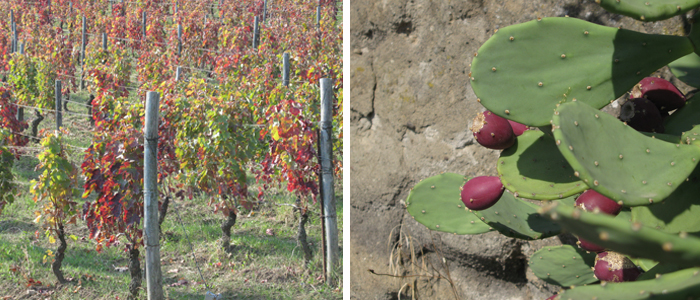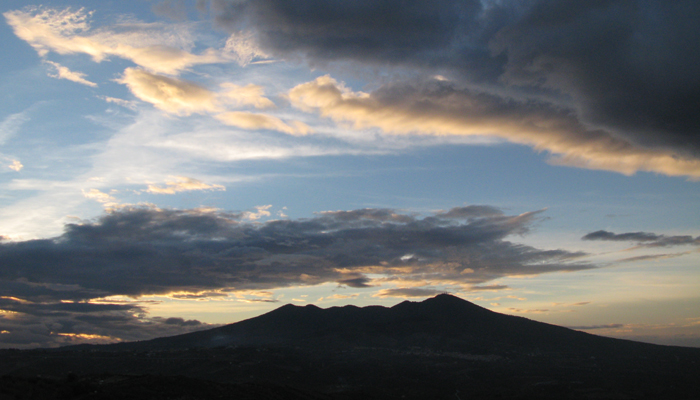Aglianico del Vulture trembles with new eruptions…
Author: David Berry Green
Basilicata’s mountain vineyard, the brooding volcanic Monte Vulture, surrounded by one thousand hectares of noble Aglianico vine, threatens to ‘erupt’ anew, despite having lain dormant for 300,000 years.
I’m just back from a couple of days in the field, meeting up with a dozen or so producers to hear and taste what’s new. The big news is that from vintage 2011, Aglianico del Vulture has graduated to DOCG (Denominazione d’Origine Controllata e Garantita), having been a (inactive) DOC since 1971, joining Taurasi, the other Aglianico DOCG since 1993, at the top table. To qualify for DOCG status, producers must designate a maximum of 10% of their harvest as DOCG at yields of 56hl/ha, requiring at least three years’ ageing (two in oak barrels).
But, this being Italy, the same producers can release the remaining 90% as Aglianico del Vulture DOC, wine made from higher yields (70hl/ha), with no ageing in oak required – only that the DOC wine cannot be sold before 1 November the following year. Consumers will have to look closely at the label’s small print. And rather than establishing a more limited ‘sottazona’ – area for the DOCG – one focusing on the key villages of Barile, Ginestra, Ripacandida, Melfi, Maschito, Venosa – it seems that the ‘vignaioli’ (vignerons) acquiesced to the political might of the region’s cooperative, the Cantina di Venosa, responsible for buying 60% of the regon’s fruit, to leave the boundaries conveniently vague. A better idea perhaps would have been to follow Montalcino in having two wines: Aglianico del Vulture DOCG and Rosso del Vulture DOC…
Elsewhere the news from the 53-or-so bottlers of Aglianico del Vulture is of regeneration and division. Regeneration as more of the new generation choose to bottle (more of) their fruit rather than sell it off (to the Cantina di Venosa): roughly 60% of those visited had begun to bottle (commercially) for the first time in 10 years.
Division has erupted among two of the most historic and prestigious names: Paternoster and D’Angelo. Brothers Vito and Sergio Paternoster no longer work together, with Sergio (the enologo) now offering his services to other new cantine such as Carbone. Meanwhile the roof has truly been lifted off the D’Angelo cantina, following the death of Lucio d’Angelo in 2007 and subsequent dismissal of his brother and winemaker Donato a year later. Echoes of the Langhe, where (winemaker) Luigi Oddero was expelled from his family estate in 2006, forcing him too to start afresh.
In the meantime, southern Italy’s answer to Nebbiolo, the Aglianico grape continues to flourish on the ancient black lava flows, producing full, deep purple, inky wines, redolent with black currant skin and smoky lava aromas, broad damson pulpiness and welcome minerality to partner spicy sausage piatti. The province is also famous for its mineral water that flows in abundance in aquifers under the rock; indeed the grape seems to thrive most in the hottest years.
Talking of vintages: 2013 followed the pattern of the rest of Italy, witnessing a return to more classical harvest dates (the end of October), while enjoying a hotter, drier October than further north. It seems that 2012 looks decidedly stronger than in the North, with alternating heat and humidity; 2011 boasted extreme heat and drought, yielding rich suave wines, as per Carbone’s soon-to-be released ‘Stupor Mundi’ Aglianico del Vulture DOCG and Musto Carmelitano’s juicy ‘Serra del Prete’ Aglianico del Vulture DOC. Vintages 2010 and 2009 were much damper.




